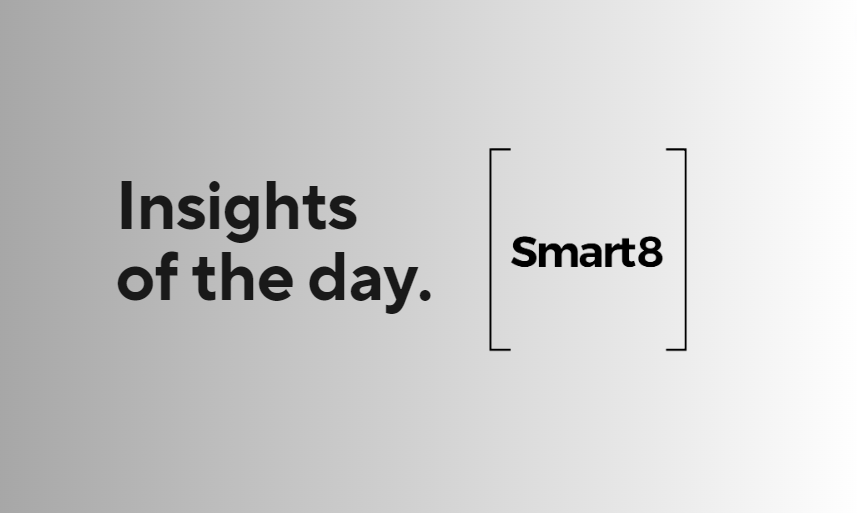
Gain valuable insights and practical knowledge that will set you apart from the competition. Whether you're just starting out or looking to level up your existing skillset, our comprehensive guide has got you covered.
In this article, we delve deep into the world of PHP programming language, focusing specifically on its syntax, structure, and essential concepts. We aim to create a resourceful guide that includes practical examples and useful references for developers who are interested in learning more about PHP.
An overview of PHP's history, purpose, and popularity among web developers. Reference
Discussion of variables, data types, operators, control structures, and loops.
Explanation of arrays, their usage, and common operations performed on them.
Overview of defining custom functions and classes in PHP.
Tips and techniques for handling errors gracefully and debugging PHP applications effectively.
We provide a comprehensive cheat sheet covering various aspects of PHP development:
Throughout the article, we offer numerous examples illustrating different PHP features and functionalities. We showcase how to perform basic arithmetic operations, manipulate strings, handle form submissions, and interact with databases.
To enhance your PHP knowledge, we recommend exploring the following websites and resources:
PHP originates from a humble beginning when Rasmus Lerdorf, a Danish-Canadian programmer, developed a small set of Common Gateway Interface (CGI) binaries in 1994. Initially called "Personal Home Page Tools" (PHPT), it evolved into PHP/FI before eventually becoming PHP as we know it today.
Some popular projects utilizing PHP include:
PHP addresses many challenges faced by web developers, including building dynamic websites, seamless integration between front-end and back-end components, robust security measures, compatibility with multiple databases, and efficient communication between client and server.
For further exploration and detailed information about PHP, you can visit the official PHP documentation site here and check out the dedicated Wikipedia entry. Additionally, learn more about PHP's creator, Rasmus Lerdorf, on his Wikipedia profile.
Remember, learning a programming language requires consistent effort and persistence. By exploring these resources and practicing PHP coding, you'll be able to build upon your existing knowledge and improve your PHP skills. Happy coding!